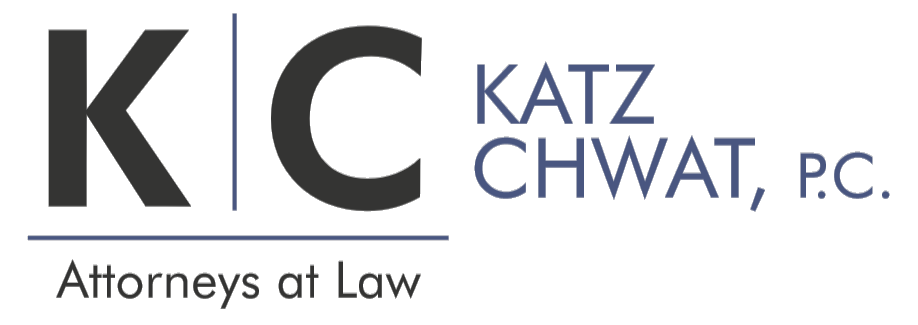For many people, their retirement account is their largest asset. As a result, these accounts are being used less as a fund for one’s retirement, and more as a way to pass wealth to future generations. Typically, the account owner will name his spouse or his children as the beneficiaries so that his family can benefit from the funds for their lifetimes as well. The major issue with this process is that the beneficiary will ultimately receive access to the funds with no restrictions. What if the children are minors? What if one child has creditor issues? What if he only wants his spouse to receive funds for her lifetime, and the balance to be distributed to his children? IRA Trusts are an estate planner’s solution to this growing problem.
An IRA Trust is a trust that one sets up (the “Grantor”) during lifetime to be the named beneficiary of retirement accounts. Because the trust is simply named as the beneficiary, the trust would not be funded with any other assets until the Grantor’s passing. The trusts are often set up as revocable trusts so that the Grantor has the flexibility to change the terms of the trust during lifetime. Such changes can include the distribution pattern, the beneficiaries of the trust, and whether the trust is to be treated as a Conduit IRA Trust or an Accumulation IRA Trust.
A Conduit IRA Trust is a type of IRA Trust that instructs the trustee to collect the Required Minimum Distributions (the “RMDs”) from the retirement accounts, and then immediately distribute the RMDs out of the trust and to the beneficiary. Thus, the beneficiary is guaranteed to receive the RMD for each year. The benefit of using a Conduit IRA Trust is that, because funds are not held in the trust, the high trust tax rates are not imposed on the RMDs. On the other hand, an Accumulation Trust is a type of IRA Trust that instructs the trustee to collect the RMDs from the retirement accounts and hold the RMDs in the trust to be invested. A Grantor may prefer this type of trust if he would like to give the trustee the option to distribute the RMDs to the beneficiary without requiring it. The downside, however, is that any funds accumulated in the trust will be subject to income tax in the trust, which is generally at a higher rate.
There are various benefits to using both Conduit IRA Trusts and Accumulation IRA Trusts. Regardless of which trust is used, the terms of the trust can state that the trustee has the discretion to distribute any amount of principal to the beneficiary. Thus, the trustee is not necessarily limited to distributing only the RMDs. Additionally, by using a trust as the beneficiary, it still allows the IRA to be stretched over the lifetime of a beneficiary; however, it will be stretched over the lifetime of the oldest named beneficiary. That being said, some Grantors may want to consider executing separate trusts if there is a wide age gap amongst the beneficiaries.
IRA Trusts can be an excellent estate planning tool in a number of different situations. For example, a Grantor may want to name a trust as a beneficiary when his children are minors. This would ensure that the funds are protected for the beneficiaries until they reach the age of majority, or even for the rest of their lifetimes. IRA Trusts can also be used for beneficiaries who are not minors, but nonetheless need financial protection. This can include beneficiaries who have creditor issues, marital problems, or are simply not financially stable. Finally, some Grantors may want to consider using IRA Trusts when there is a blended family. This can ensure that a spouse is only the beneficiary for life, but that the principal is ultimately distributed to the Grantor’s descendants.
To learn more about the benefits of establishing an IRA Trust, please contact Katz Chwat, PC to set up an appointment.
Posted in: Estate & Trust Administration
